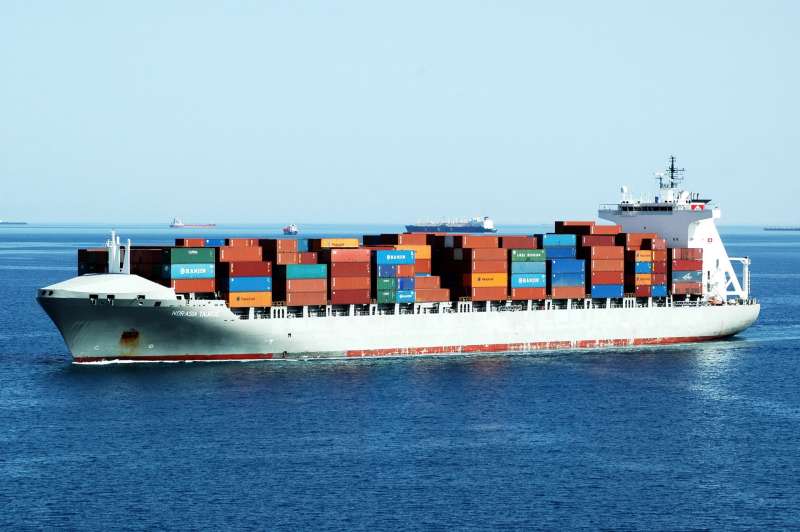Maurice Lynch, Mills Oakley, Australia
The recent decision of the Supreme Court of the United Kingdom in Volcafe Ltd v Compania Sud Americana De Vapores SA [2018] UKSC 61, is the first authoritative analysis on burden of proof in the Hague Visby Rules.
The Court held that the burden of proof for cargo claims the subject of the Hague Visby Rules is as follows:
- The cargo owner proves loss or damage to its goods; and
- The carrier can then defend that claim by proving on the balance of probabilities that the loss or damage was not caused by a breach of Article 3 rule 2 of the Hague Visby Rules, or that one of the defences in Article 4 Rule 2 of the Hague Visby Rules. However, in order to rely upon one of the Article 4 rule 2 defences, the carrier must also prove that the loss or damage was not caused by its own negligence or breach of Article 3 rule 2.
Following this decision, in practice the burden of proof in cargo claims is now the carrier claim to disprove negligence causative of the loss to the cargo. If it cannot then it is liable to the cargo owner for its losses. This is obviously helpful to cargo claimants and is consistent with the burden of proof cargo claimants incur in bailment claims, for example, Australian inland transit recoveries where there are no exclusion clauses.
Despite the decision in Volcafe, it is not binding in Australia and only persuasive. Accordingly, there presently a state of uncertainty in Australian law ecause the decision in Volcafe is different to the Australian High Court’s comments (albeit in non binding dicta) in Shipping Corporation of India Ltd v Gamlen Chemical Co (A/asia) Pty Ltd [1980] HCA 51, and Great China Metal Industries Co.Ltd v Malaysian International Shipping Corporations Berhad [1999] 1 Lloyd’s Rep. 512 that the burden of proof is as follows:
- The cargo owner proves loss or damage to its goods;
- The carrier can then defend that claim by proving on the balance of probabilities that the loss or damage was not caused by a breach of Article 3 rule 2 of the Hague Visby Rules, or that one of the defences in Article 4 Rule 2 of the Hague Visby Rules; and
- Once the carrier proves an Article 4 rule 2 defence, then the cargo owner must prove a breach of Article 3 rule 2 of the Hague Visby Rules by the carrier. If it does then the cargo owner is successful in its claim.
In Australian law there is presently no requirement when a carrier is relying upon a defence in Article 4 rule 2 of the Hague Visby Rules for that carrier to also prove that the loss or damage was not caused by its own negligence or breach of Article 3 rule 2. Accordingly, it is harder to discharge the burden of proof for a cargo owner in Australian claims.
Given that international conventions should be interpreted uniformly across the globe, it is arguable that the decision in Volcafe (while not binding Australian law) adopts the correct approach regarding the burden of proof for cargo claims under the Hague Visby Rules, especially having regard to the fact that it considered the approach in the two Australian High Court decisions referred to above, and rejected that approach.
In practice, unless it is a circumstance where there is inherent vice or the cause of the loss and damage to the cargo is not known, Volcafe may not make recoveries in cargo claims easier. This is because issues as to burden of proof in the Hague Visby Rules rarely arise due to the fact that when bringing cargo claims, cargo claimants often already have evidence of the carrier’s negligence or evidence of a breach of Article 3 rule 2 of the Hague Visby Rules, if they don’t that evidence can be obtained through court applications.
If the decision is followed in Australia and it might need the High Court of Australia to approve the decision it to make that certain, it will be welcome news to cargo owners and their underwriters when they do not have access to information to determine whether or not a carrier has properly and carefully loaded, handled, carried, kept, cared for and discharged cargo. This is because they would be able to rely upon proof of damage to the cargo as setting up by itself a cause of action against the carrier who then needs to disprove its negligence.

